Imagine standing before a massive stone structure, its purpose completely unknown, while archaeologists scratch their heads for generations trying to decode its secrets. Throughout history, some of humanity’s greatest archaeological discoveries have remained silent mysteries for decades, guarding their secrets like ancient riddles waiting for the right minds to crack them. These aren’t just piles of old rocks or forgotten ruins – they’re time capsules that challenge everything we thought we knew about our ancestors, their capabilities, and their civilizations.
The Mystery That Started It All

Archaeological sites have always been puzzles, but some are more stubborn than others. When Heinrich Schliemann first excavated Troy in the 1870s, he thought he’d found Homer’s legendary city within a few years. Little did he know that archaeologists would spend the next 150 years arguing about which layer was actually the Troy of the Iliad. Some mysteries refuse to give up their secrets easily, and the most fascinating sites often take generations of researchers to fully understand. It’s like trying to solve a jigsaw puzzle where half the pieces are buried underground and the other half have been scattered by wind, weather, and time.
Göbekli Tepe: The Temple That Rewrote History
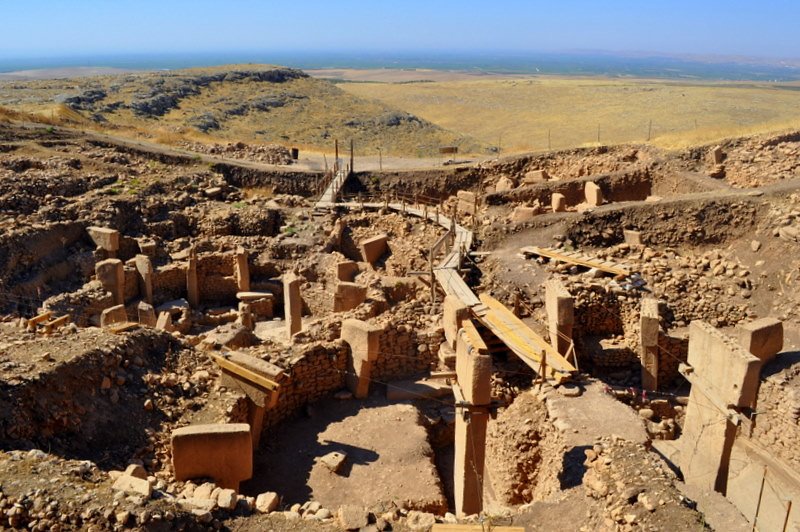
When German archaeologist Klaus Schmidt first stumbled upon Göbekli Tepe in southeastern Turkey in 1994, he initially thought he’d found a medieval cemetery. The massive T-shaped pillars weighing up to 16 tons each seemed impossible for a society that hadn’t even invented agriculture yet. For nearly three decades, archaeologists have been slowly peeling back layers of this 11,500-year-old site, discovering that hunter-gatherers were capable of monumental architecture long before anyone thought possible. The intricate animal carvings on the pillars tell stories we’re still trying to decipher, featuring scorpions, lions, and vultures in scenes that might represent the world’s oldest religious narratives. What’s truly mind-blowing is that the site was deliberately buried around 8,000 BCE, as if the builders wanted to hide their masterpiece for future generations to discover.
The Puzzle of Massive Stone Circles
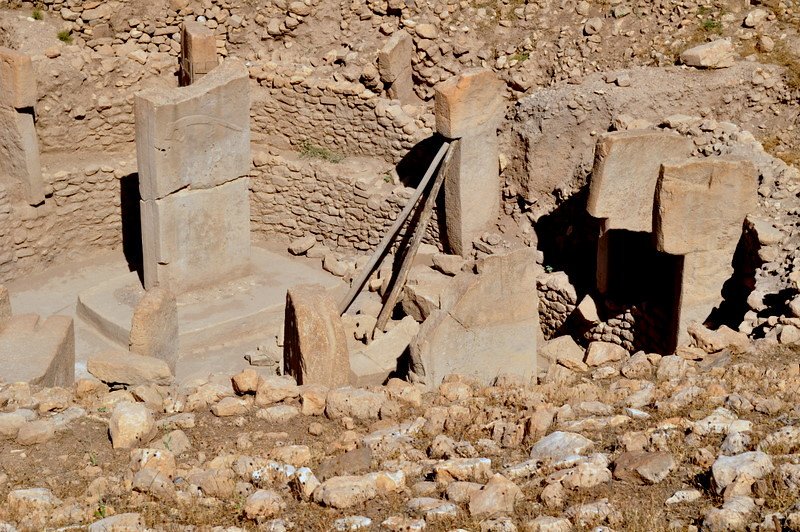
The circular arrangements at Göbekli Tepe aren’t random – they follow a sophisticated astronomical alignment that suggests these ancient people understood celestial movements better than we gave them credit for. Each circle seems to represent different time periods, with the oldest ones being the most elaborate, completely flipping our assumptions about human progress. Recent ground-penetrating radar has revealed at least 20 more circles still buried beneath the surface, meaning we’ve only scratched the surface of this mysterious complex. The site continues to challenge archaeologists today, with new discoveries happening almost every excavation season.
Stonehenge: More Than Just Standing Stones

Most people think Stonehenge’s mysteries were solved long ago, but archaeologists have been continuously rewriting its story for over a century. What started as simple curiosity about some standing stones in the English countryside has evolved into one of the most complex archaeological investigations in history. The site we see today represents just the final phase of construction that spanned over 1,500 years, with each generation adding their own modifications to this ancient monument. Recent discoveries using advanced ground-penetrating radar have revealed a massive underground landscape of burial pits, wooden posts, and stone arrangements that extend far beyond the famous stone circle. The Durrington Walls settlement nearby has yielded evidence of the largest Neolithic gatherings in Britain, suggesting Stonehenge was the center of a much larger sacred landscape.
The Acoustic Mystery of the Stones

In the 1990s, researchers discovered that Stonehenge has unique acoustic properties that amplify sound in specific ways, suggesting the monument might have been designed as a prehistoric concert hall. The arrangement of the stones creates a sound environment where voices and music would have carried in ways that seem almost magical to modern visitors. This acoustic discovery has led archaeologists to reconsider the entire purpose of the monument, moving beyond simple astronomical alignments to consider its role in ancient ceremonies and gatherings. Even today, new theories about Stonehenge’s purpose emerge regularly, keeping archaeologists busy debating its true meaning.
The Antikythera Mechanism: Ancient Computer in the Sea
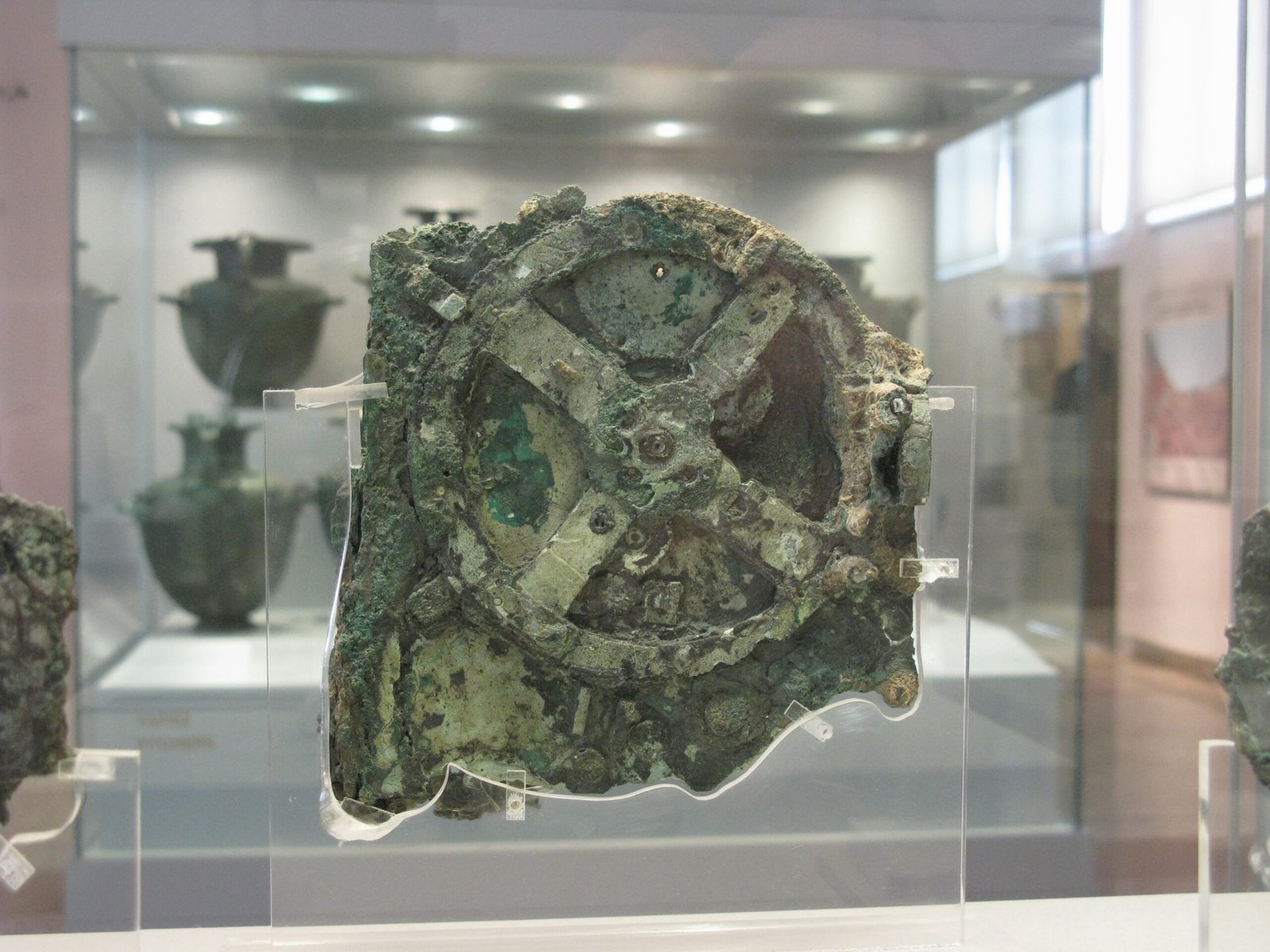
When Greek sponge divers pulled a corroded bronze lump from a Roman shipwreck in 1901, nobody could have imagined they’d discovered what would later be called the world’s first computer. For over 70 years, the Antikythera Mechanism sat in museums as a curious artifact that didn’t fit into anyone’s understanding of ancient technology. It wasn’t until the 1970s that researchers began to realize this device was far more sophisticated than anything they thought the ancient Greeks could create. The mechanism contains over 80 bronze gears that work together to predict the positions of the sun, moon, and planets with remarkable accuracy. Modern scientists have spent decades trying to fully understand how this 2,100-year-old device works, using everything from X-ray tomography to computer modeling to decode its secrets.
Gears That Shouldn’t Exist
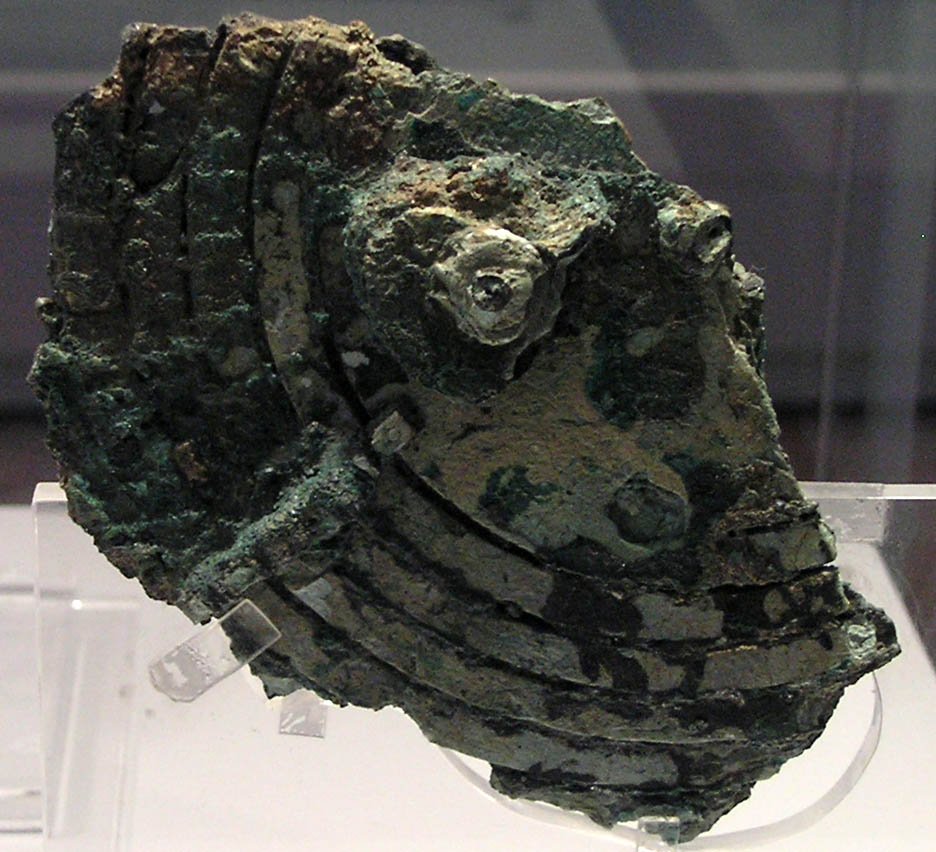
The level of precision in the Antikythera Mechanism’s gears rivals that of 18th-century clockwork, yet it was built over 1,800 years earlier. Each gear tooth was individually filed by hand to tolerances that seem impossible without modern machinery, suggesting ancient craftsmen possessed skills we’ve completely underestimated. The device even accounts for the irregular orbit of the moon and the four-year cycle of the Olympic Games, showing that its creators understood complex astronomical calculations. Recent research has revealed that the mechanism might have been just one of many similar devices, fundamentally changing our understanding of ancient Greek technological capabilities.
Decoding the Cosmic Calculator
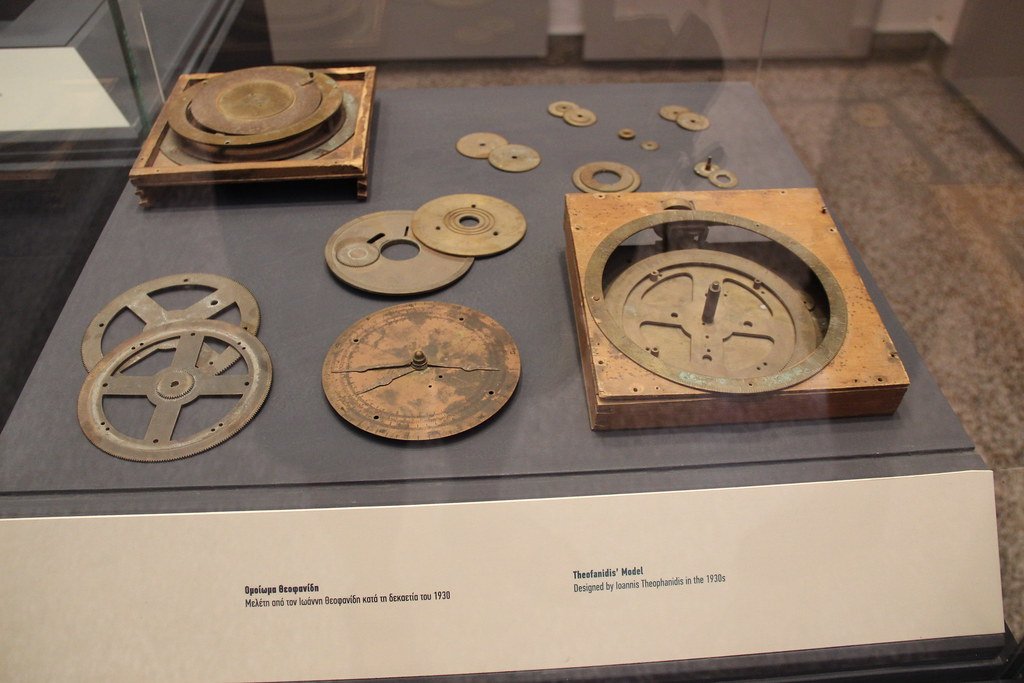
Scientists are still discovering new functions hidden within the mechanism’s corroded remains, with recent studies suggesting it could predict solar and lunar eclipses decades in advance. The inscriptions on the device, written in ancient Greek, serve as a user manual for what might be history’s most sophisticated piece of ancient technology. Every new translation reveals more about how the Greeks viewed the cosmos and their place within it, showing a level of scientific understanding that was lost for over a millennium. The mechanism continues to yield new secrets as technology advances, proving that some archaeological mysteries take modern science to fully appreciate.
Machu Picchu: The City Above the Clouds

When American historian Hiram Bingham brought Machu Picchu to worldwide attention in 1911, he thought he’d found the lost city of the Incas. What he actually discovered was far more complex – a royal estate and sacred center that had been abandoned long before the Spanish conquest. For over a century, archaeologists have been trying to understand exactly why the Incas built this incredible city on a mountain ridge 8,000 feet above sea level. The precision of the stonework, where blocks fit together so perfectly that you can’t slip a knife blade between them, has puzzled engineers for generations. Recent research has revealed that Machu Picchu was built on a geological fault line, yet the Inca engineers somehow created structures that have survived major earthquakes for over 500 years.
Engineering Marvels in Thin Air
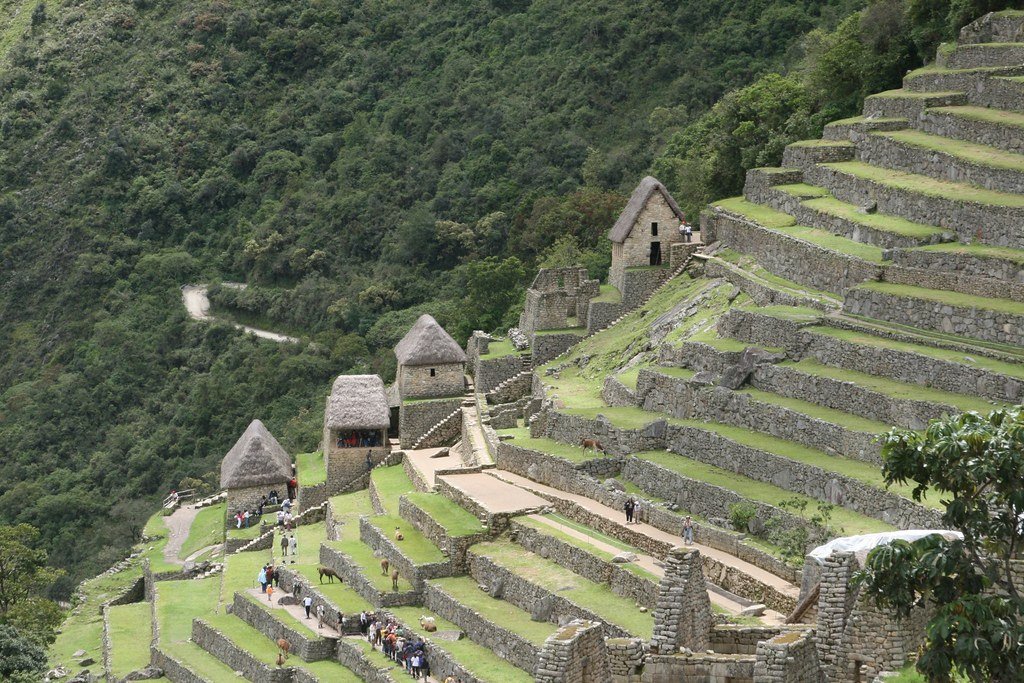
The logistics of building Machu Picchu are staggering – every stone had to be quarried, shaped, and transported up nearly vertical mountainsides without wheels, pulleys, or draft animals. The Incas developed techniques for moving massive granite blocks that modern engineers are still trying to fully understand, using bronze tools and human power to create architectural marvels. The agricultural terraces carved into the mountainside represent some of the most sophisticated farming techniques ever developed, turning a steep mountain into productive farmland. These terraces still function perfectly today, continuing to prevent erosion and manage water flow exactly as their designers intended centuries ago.
The Sacred Landscape Theory
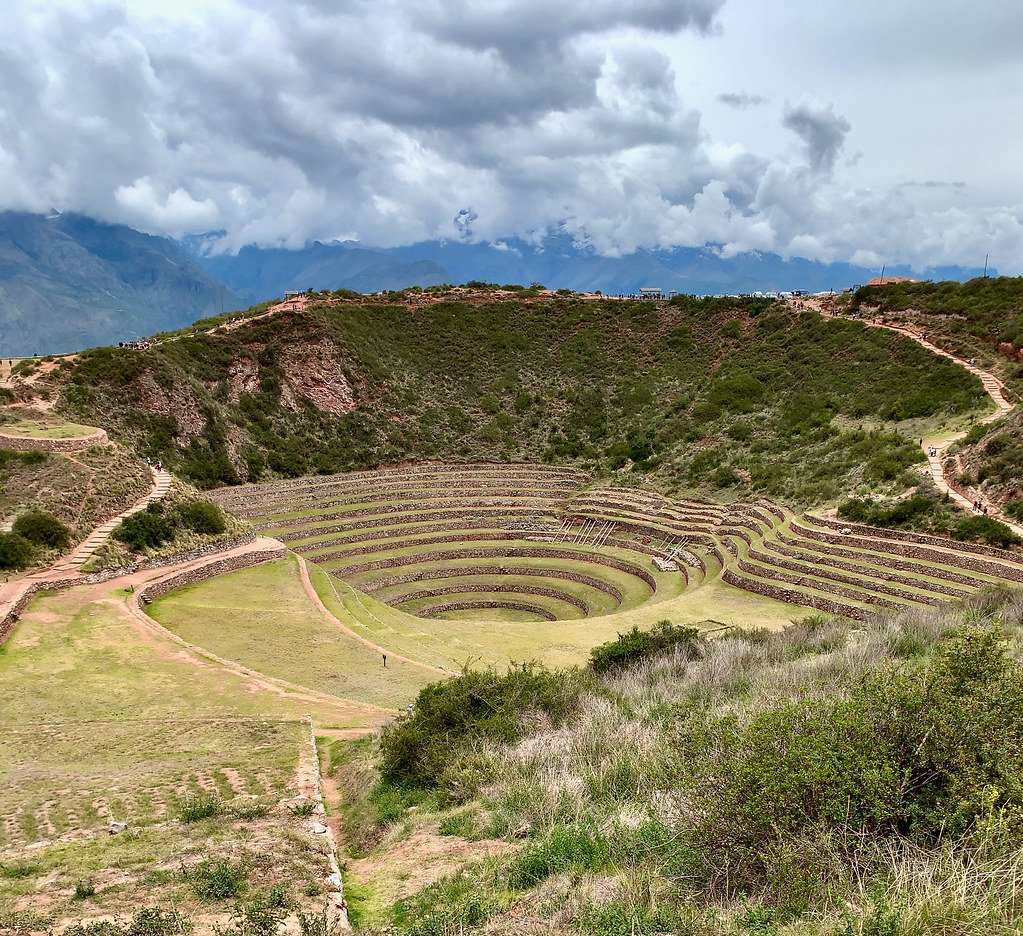
Modern archaeological research has revealed that Machu Picchu was positioned to align with important astronomical events and sacred mountains visible from the site. The entire city seems to have been designed as a three-dimensional map of the Inca cosmos, with buildings and plazas positioned to mirror celestial movements. Recent studies using satellite imagery have discovered that Machu Picchu was connected to other Inca sites through a network of straight lines called ceques, creating a sacred geography that spanned hundreds of miles. This revelation has transformed our understanding of the site from an isolated mountain retreat to a crucial node in a complex spiritual landscape.
Easter Island: Giants with Hidden Bodies

The massive stone heads of Easter Island, known as moai, have captivated the world since European explorers first encountered them in 1722. For nearly three centuries, people assumed these were just giant heads stuck in the ground, creating one of archaeology’s most persistent misconceptions. It wasn’t until systematic excavations began in the 1950s that researchers discovered something shocking – the moai actually have full bodies buried beneath centuries of soil accumulation. Some of these buried bodies extend down 30 feet or more, completely changing our understanding of the statues’ original appearance and the effort required to create them. The discovery of the bodies revealed intricate carvings, petroglyphs, and details that had been hidden underground for generations, adding layers of complexity to these already mysterious monuments.
The Walking Statues Mystery

For decades, archaeologists puzzled over how the Rapa Nui people transported these massive statues, some weighing up to 80 tons, across the island without wheels or large trees for rollers. Local oral traditions spoke of the moai “walking” to their destinations, but researchers dismissed this as mythology until recently. In 2012, archaeologists finally tested the walking theory and discovered that the statues could indeed be “walked” upright using a coordinated rocking motion with ropes, just as the legends described. This breakthrough solved one of Easter Island’s greatest mysteries and validated the importance of indigenous knowledge in archaeological research. The realization that the statues walked upright also explained why so many moai line the ancient roads – they were abandoned mid-journey when the island’s civilization collapsed.
Environmental Collapse and Recovery
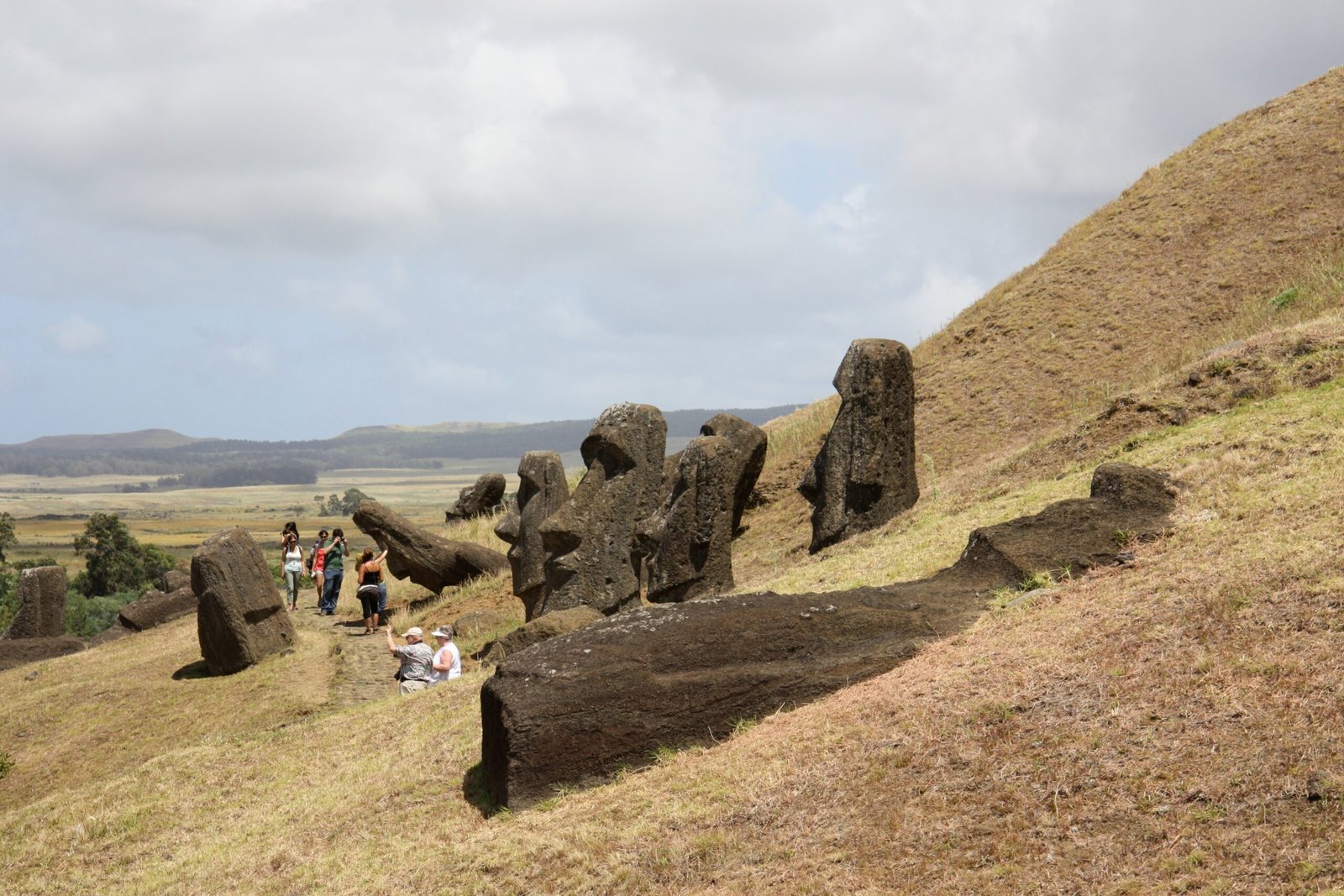
The story of Easter Island has long been held up as a cautionary tale of environmental destruction, but recent archaeological evidence suggests the narrative is far more complex than originally thought. New research indicates that the Rapa Nui people didn’t cause a complete ecological collapse through deforestation, but rather adapted to gradual environmental changes over centuries. The island’s population may have been much smaller than previously estimated, and the society showed remarkable resilience in the face of environmental challenges. European contact and the slave raids of the 1860s had far more devastating effects on the island’s population than any pre-contact environmental issues, rewriting the entire cautionary tale that made Easter Island famous.
The Nazca Lines: Messages from the Past
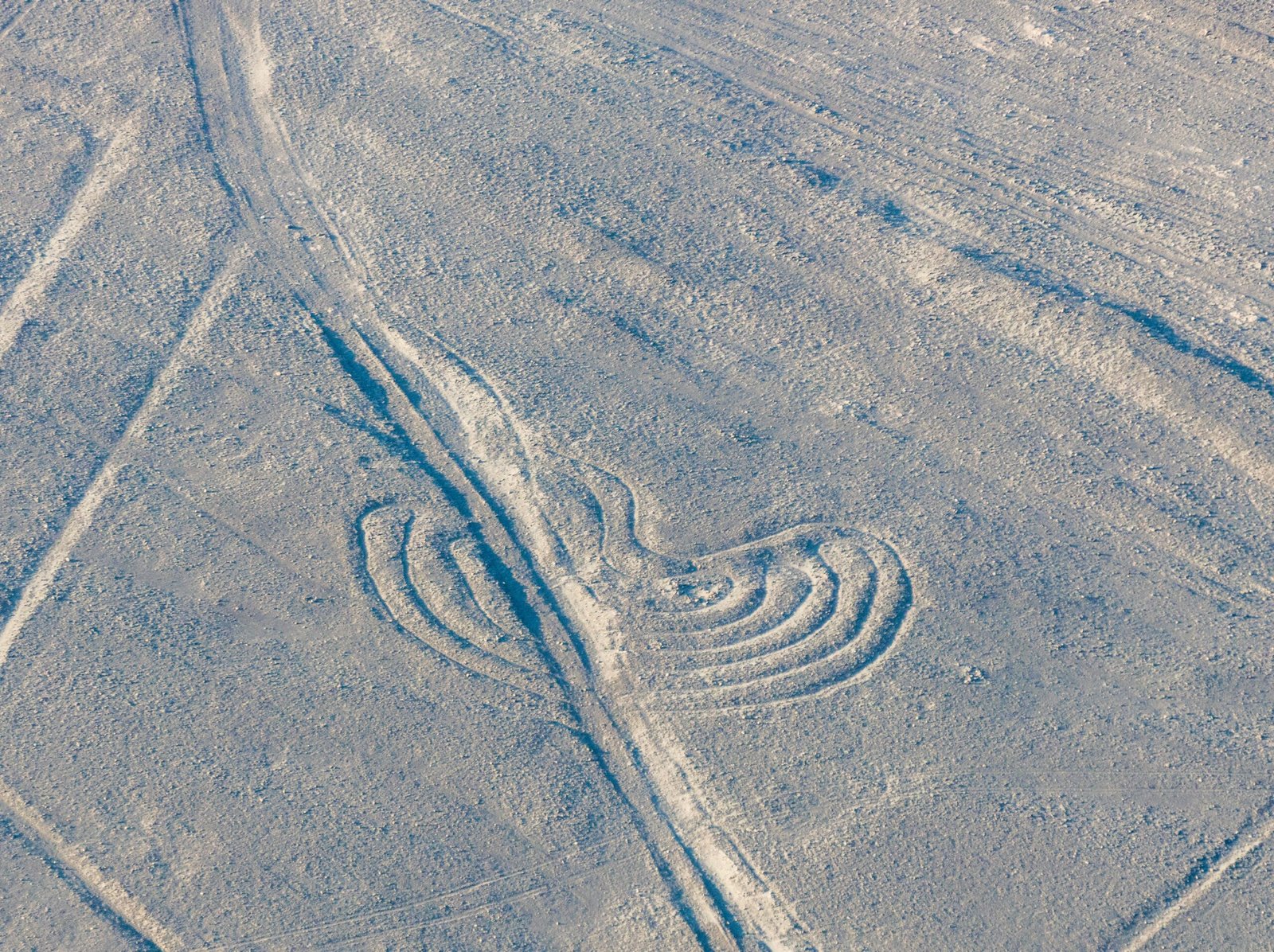
When commercial pilots first spotted the Nazca Lines in the 1920s, they seemed like an impossible puzzle – massive drawings carved into the desert floor that could only be properly viewed from the air. These geoglyphs, created by the Nazca people between 100 and 700 CE, have sparked countless theories ranging from ancient airports to alien landing strips. For decades, archaeologists struggled to understand why a pre-Columbian civilization would create art that could only be appreciated from a perspective they couldn’t achieve. The lines include everything from simple geometric shapes to complex animal figures stretching across hundreds of feet, all created by carefully removing the dark surface stones to reveal lighter soil beneath. Recent discoveries have revealed over 140 new geoglyphs using satellite imagery and artificial intelligence, proving that we’re still far from understanding the full scope of this ancient art project.
Theories That Don’t Add Up
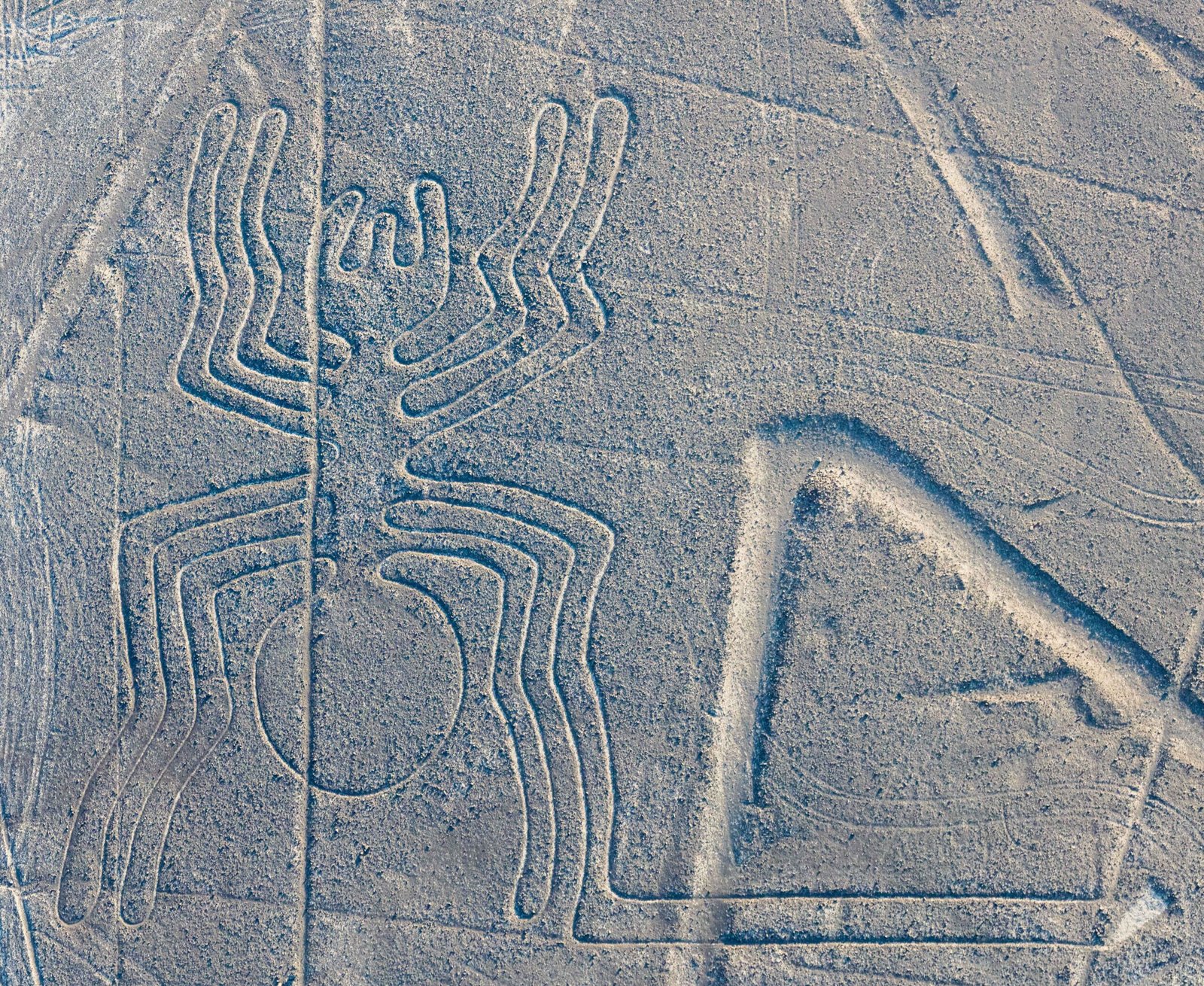
The most famous theory about the Nazca Lines – that they were created for alien visitors – has been thoroughly debunked by archaeological evidence showing the lines were made using simple tools and techniques available to the Nazca people. More serious theories have suggested the lines were astronomical calendars, religious pathways, or markers for underground water sources, but none fully explain the diversity and complexity of the geoglyphs. Recent research has focused on the lines’ relationship to Nazca ceremonial sites and their possible role in religious processions and rituals. The discovery that many lines point toward sources of water has gained credibility, especially considering the Nazca region’s extremely arid climate and the civilization’s dependence on underground aquifers.
New Discoveries Change Everything
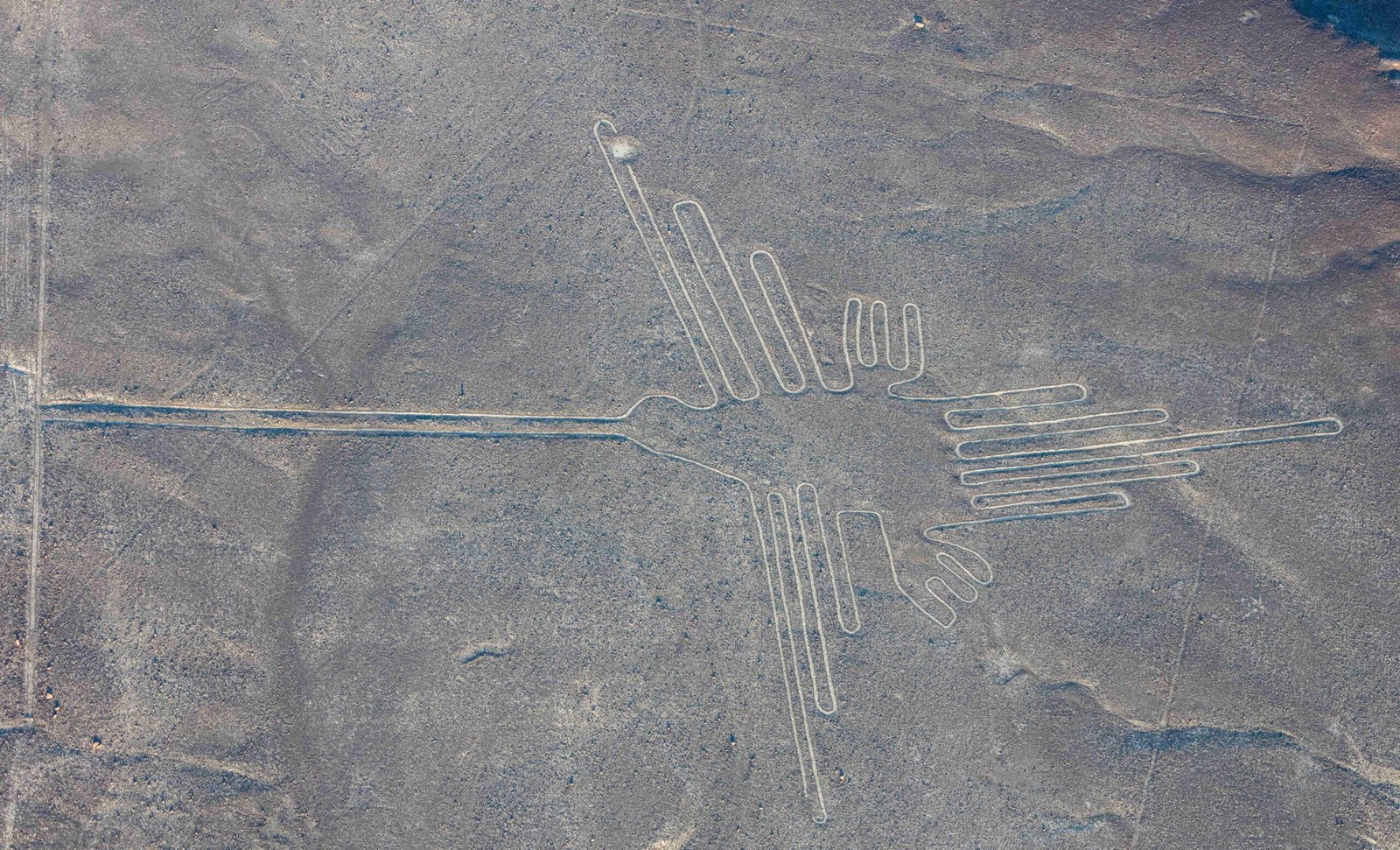
In 2019, archaeologists discovered a new set of geoglyphs that predate the famous Nazca Lines by several centuries, suggesting the tradition of creating large-scale ground art in the region is much older than previously thought. These earlier lines, created by the Paracas culture, use different techniques and styles, indicating a long tradition of geoglyph creation that evolved over time. Advanced imaging technology continues to reveal new lines and figures, with some estimates suggesting thousands more geoglyphs remain undiscovered in the Nazca region. Each new discovery adds another piece to the puzzle, but also raises new questions about the purpose and meaning of these mysterious desert drawings.
Technology Reveals Hidden Secrets

Modern technology has revolutionized our understanding of all these archaeological sites, revealing details that were invisible to earlier generations of researchers. Ground-penetrating radar, satellite imagery, LiDAR scanning, and 3D modeling have uncovered hidden structures, revealed construction techniques, and provided new insights into ancient civilizations. At Göbekli Tepe, magnetic surveys have identified dozens of additional stone circles still buried underground, suggesting the site is far larger than anyone imagined. Stonehenge’s hidden landscape of monuments and burial sites only became visible through advanced geophysical surveys that can see beneath the soil without disturbing the archaeological record.
The Digital Revolution in Archaeology

Artificial intelligence and machine learning are now being used to identify new archaeological sites from satellite imagery, discovering previously unknown locations that might hold answers to long-standing mysteries. Computer modeling allows researchers to test theories about ancient construction techniques, astronomical alignments, and environmental conditions without damaging fragile sites. Virtual reality reconstructions help archaeologists visualize how these sites might have looked and functioned in their original contexts, providing new insights into ancient life. These technological advances mean that sites like the Antikythera Mechanism, which stumped researchers for decades, can now be studied in ways that were impossible just a few years ago.
Why Some Mysteries Take So Long to Solve
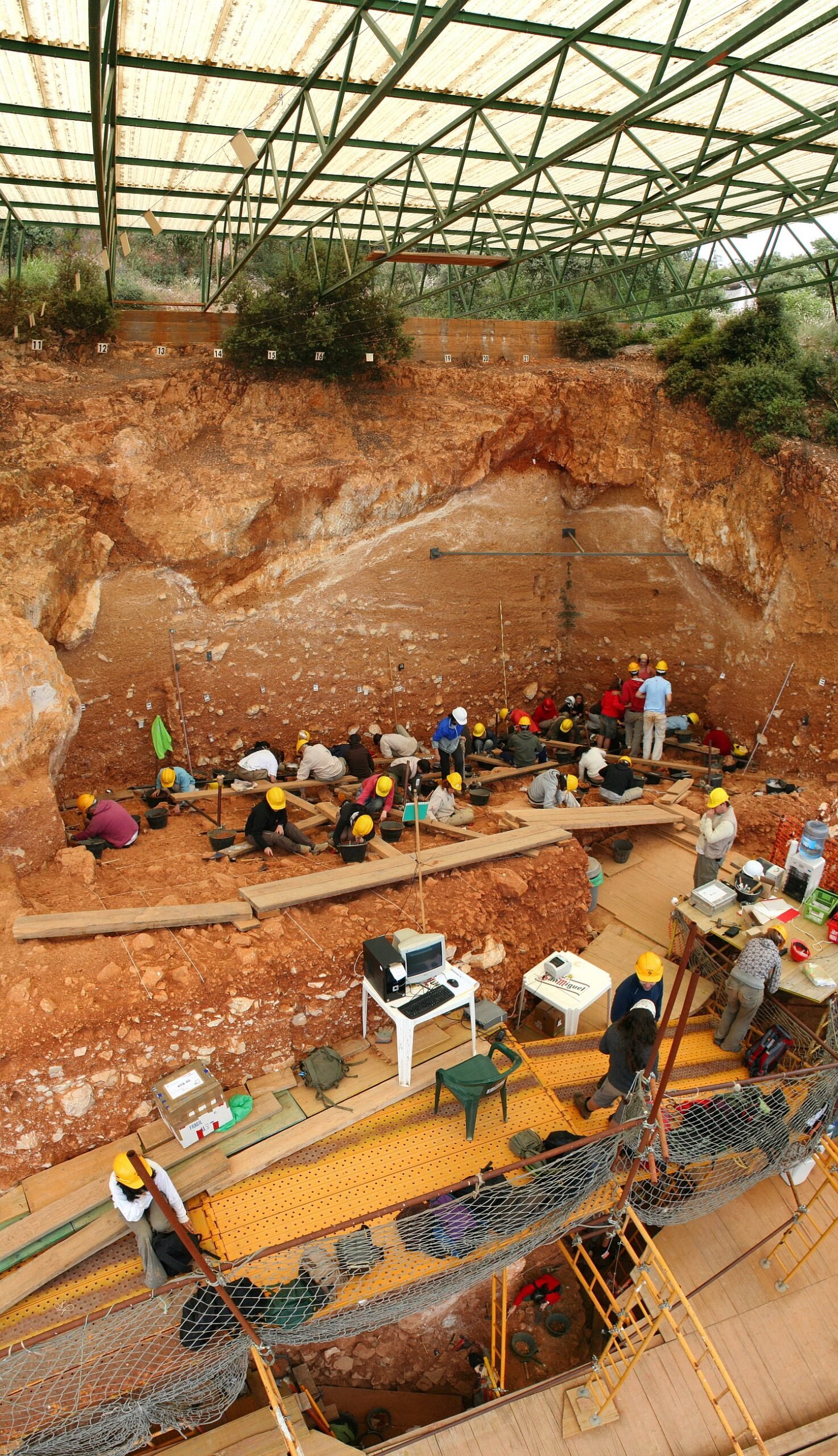
Archaeological understanding progresses slowly because each site is unique, requiring specialized knowledge, careful excavation, and often multiple generations of researchers to fully comprehend. Many of history’s greatest archaeological puzzles were discovered before modern scientific techniques existed, meaning early researchers made assumptions based on limited evidence that later proved incorrect. The sheer scale of sites like Göbekli Tepe and Machu Picchu means that excavating and studying them completely could take centuries, with each new discovery potentially changing our understanding of the entire site. Cultural biases also play a role – Western archaeologists initially underestimated the capabilities of ancient civilizations, leading to theories that took decades to overcome.
The Human Element in Archaeological Discovery
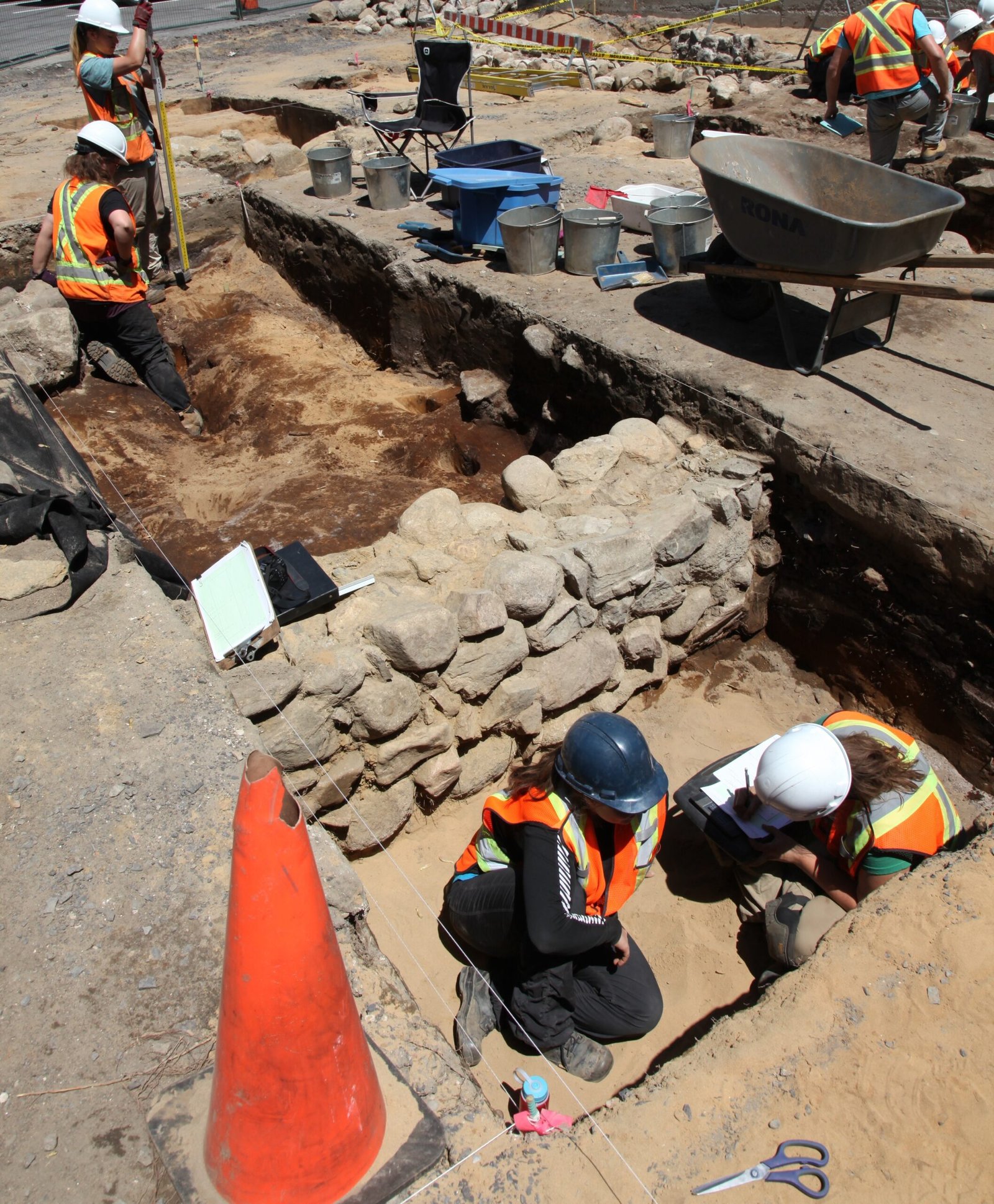
Behind every archaeological breakthrough are passionate researchers who dedicate their entire careers to understanding a single site or culture, often working for decades before making significant discoveries. The collaborative nature of modern archaeology means that understanding complex sites requires teams of specialists including archaeologists, engineers, astronomers, linguists, and computer scientists working together. Many breakthroughs come from combining traditional archaeological methods with indigenous knowledge, as demonstrated by the Easter Island moai walking experiment. Personal dedication, funding challenges, and the slow nature of careful scientific work all contribute to why some archaeological mysteries take generations to solve.
These five archaeological sites represent just a fraction of the mysteries that continue to challenge our understanding of the past. Each discovery reminds us that human ingenuity and sophistication stretch back much further than we often assume, and that our ancestors were capable of achievements that still impress us today. The patience required to slowly unravel these ancient puzzles teaches us that some of life’s greatest mysteries can’t be rushed – they reveal themselves only to those willing to keep digging, keep questioning, and keep wondering. What other secrets are still buried beneath our feet, waiting for the right technology and the right minds to bring them to light?




